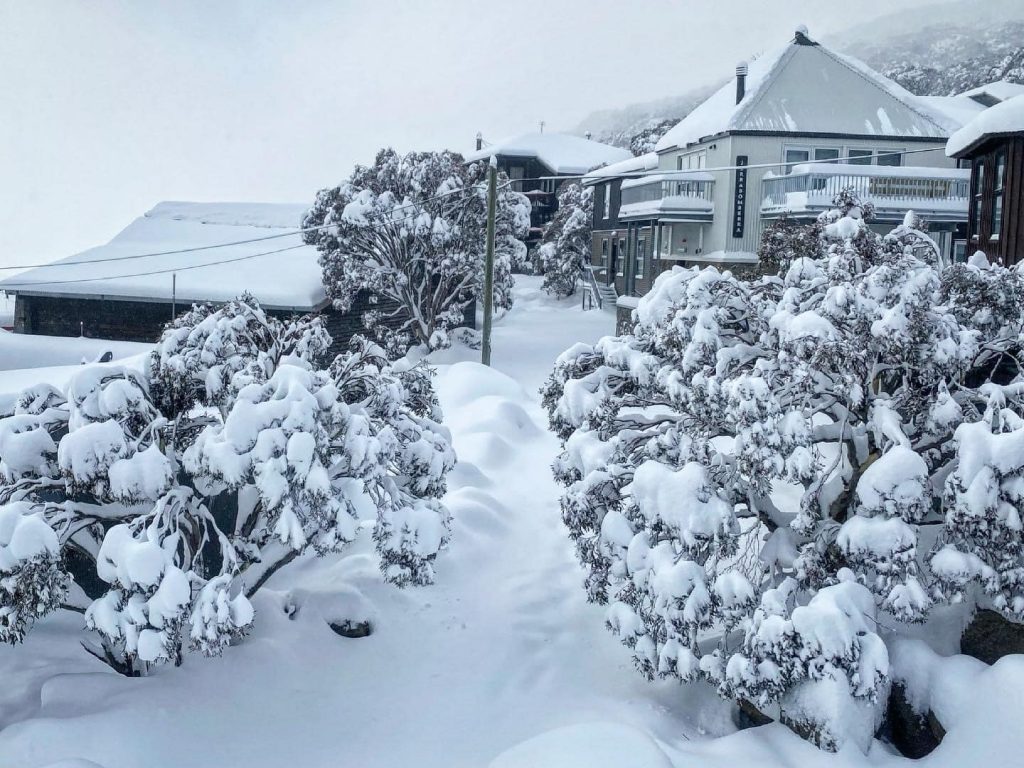Discover the Interesting Results of Snow in Australia on Local Communities
Despite its track record for sun-soaked landscapes, Australia likewise boasts areas blanketed by snow-- a phenomenon that greatly influences the country's one-of-a-kind environments. The protecting properties of snowflakes secure vegetation and animals among the coldest winters months, while the melting snow nurtures rivers and aquatic life. The actual marvel lies in just how these frosty conditions shape the nation's biodiversity and nutrient cycles. As we unravel this detailed relationship, we locate ourselves walking on undiscovered grounds in Australia's high nation.
The Unexpected Regions of Snowfall in Australia
The high nation areas of New South Wales, Victoria, and Tasmania are specifically known for their wintertime snow. The Snowy Hills in NSW, for circumstances, get bountiful seasonal snow, offering a stark comparison to the nation's regular warm, dry climate. The visibility of snow in these areas dramatically affects neighborhood ecosystems, subsequently affecting the nation's one-of-a-kind biodiversity.

How Snow Impacts Australia's Unique Vegetation
These plants have actually progressed to survive in extreme conditions, with snow serving as a safety blanket from extreme winds and freezing temperature levels. The snow also contributes to the moisture content of the soil, giving necessary hydration for plant life during the completely dry summer months. In essence, the snow affects the timing of flowering and seed dispersal, the growth rates, and the survival of lots of plant species, showcasing the intricate interaction in between environment and plants in Australia.

The Adaptations of Australian Animal to Snowfall
Equally as Australia's plants has actually adjusted to the wintery conditions, the regional animals also, exhibit amazing adaptations to the snowfall. Species like the Hill Pygmy-possum, the only Australian marsupial known to hibernate, have actually progressed strategies to make it through in snowy atmospheres. It utilizes the snow as insulation, hibernating in rock crevices under the snow to remain warm. In a similar way, the Snow Skink, a varieties of reptile, changes its colour to white during winter season, offering camouflage against killers. Birds such as the Snowy Hills' Crimson Rosella also change their diets to take in available food resources throughout colder periods. Therefore, regardless of the rough problems, Australian animals shows a flexible and durable nature, ensuring their survival in regions experiencing snowfall.
The Duty of Snow in Shaping Neighborhood Ecological Communities
Fit the neighborhood communities, the function of snow in Australia is both multilayered and profound. It influences the distribution of flora and fauna, largely specifying the biodiversity of sub-alpine and alpine areas. Snow gives a crucial water source, feeding rivers and storage tanks as it thaws, therefore supporting a range of aquatic life types. Additionally, snow serves as an insulator, safeguarding ground-dwelling organisms from severe cold. It plays a considerable duty in soil development pop over to this web-site and nutrient cycling. The routine freezing and thawing of soil induced by snowfall fosters the breakdown of rocks, improving soil fertility. Subsequently, the presence of snow shapes the plants patterns, animal behavior, and total sustainability of Australia's distinct ecosystems. Snow In Australia.

The Future of Snowfall in Australia: Predictions and Ramifications

Given the vital role snow plays fit neighborhood communities, the future of snowfall in Australia is attracting increasing attention from researchers and conservationists. Current climate models forecast a substantial decrease in snowfall because of international warming, with possibly extensive effect on neighborhood environments. click here to find out more Less snow might lead to reduced water schedule in alpine regions, adversely affecting wild animals habitats and plant. Furthermore, it might alter the timing of seasonal adjustments, interrupting the life cycles of several indigenous varieties. The tourist market, heavily dependent on the winter snow season, might additionally deal with considerable challenges. Consequently, understanding these predictions and their implications is important to develop efficient conservation approaches, making sure the preservation of Australia's one-of-a-kind biodiversity and the sustainability of its economic situation.
Final Thought
The function of snow in Australia's communities is essential yet typically overlooked. It serves as a guard, a nurturer, and a shaper of diverse towering varieties, adding to the splendor of Australia's high nation. As weather patterns remain to shift, comprehending the effects and prospective changes visit this site of these snow-influenced communities is essential. Therefore, the snow in Australia is extra than an all-natural phenomenon; it's an essential player in the nation's ecological story.
Despite its track record for sun-soaked landscapes, Australia likewise boasts areas blanketed by snow-- a sensation that exceptionally influences the country's special ecosystems. It utilizes the snow as insulation, hibernating in rock holes below the snow to remain warm - Does Australia Get Snow.In shaping the local ecological communities, the role of snow in Australia is both extensive and multilayered. The presence of snow forms the plants patterns, pet actions, and total sustainability of Australia's special ecological communities
Provided the essential function snow plays in forming regional environments, the future of snowfall in Australia is attracting increasing attention from researchers and ecologists.